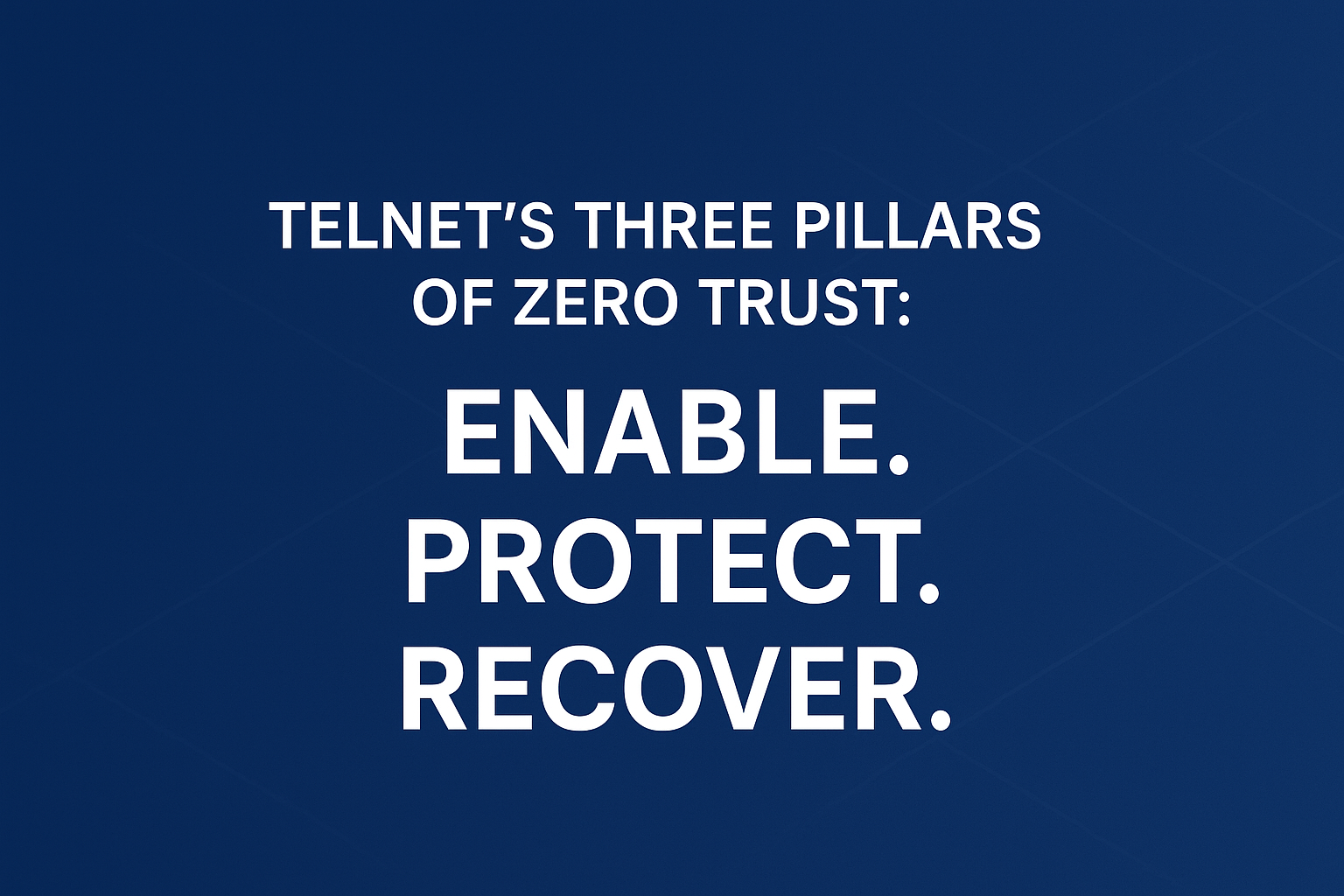One of the most common forms of network threats today is distributed denial of service (DDoS). An attack involves flooding networks and servers with false internet traffic, thereby blocking access to genuine devices. Sometimes used to target specific businesses, cyber-attacks can bring down entire telecoms networks, as was the case in the attack on Dyn, in 2016. In situations such as this, it’s not just the network that is affected, but every business that uses it, which could include everything from social media platforms to streaming services, banks and hospitals.
The purpose of these attacks isn’t to try and steal data and are instead used to render a service unavailable to users, which can have huge implications to a company’s reputation. We all know how frustrating it can be if we can’t access a service online – we’ll move on to another one or never use it again if there is the perception that the company is not ensuring quality of experience or security.
The Growing Threat Posed by the IoT and 5G
The IoT is comprised of a huge number of IoT end points, which is growing every day. These end points have different levels of security built into them – some, such as PCs and laptops, will use relatively advanced security technology, whilst others, such as sensors, meters or smartwatches, do not. Many devices are also left unchecked for a large amount of time, which means that it can be difficult for the owner of a device to tell if has been hacked with malware and used to conduct an attack. As such, the scale on which rogue IoT devices can be used for an attack is increasing all the time. Not only are IoT devices being used by hackers to launch attacks, but they are also the target of attacks. For example, a security camera or a printer used by a business may be used as an entry point to attack its network, or traffic lights in a smart city may be an entry point by which an attack can find a way to bring down the telecoms network that powers a huge range of services.
As well as the huge growth in devices that can be exploited for attacks, the wider availability of high-bandwidth services also means that attacks can be bigger than ever. 5G, the new standard of mobile connectivity, can offer up to one thousand times more bandwidth than current LTE networks. This means that rogue 5G devices will be able to create significantly higher rates of traffic on networks, so attacks in the future could be even more severe.
Preparation MUST Start at Network Level
Building security into end-user devices is often not a priority for manufacturers, therefore, preventing an attack must be addressed at the network level. It is the responsibility of network service providers to stress test and harden their infrastructure against rogue IoT devices.
TeraVM, VIAVI’s 5G virtualized test solution, can deliver the industry’s most comprehensive network testing from RAN to Core to ensure service providers can prepare for the impact of IoT and mobile related threats. It can help identify where vulnerabilities lie across the whole network, by emulating both a 4G and 5G RAN and Core environment with real-world traffic and end-points, thereby enabling service providers to stress test networks to their limit.
TeraVM can demonstrate a test scenario whereby 200,000 LTE subscribers, 200,000 5G non-standalone subscribers and 200,000 IoT devices, are attached to a network, all of which are sending and receiving data. After 30 seconds, 200,000 rogue IoT devices are simultaneously added to the mix, simulating the cyber-attack. The connections will be rejected by the HSS; however, they will continuously attempt to attach to the network, and will eventually overload it. The typical result for the genuine users is that their traffic starts to quickly degrade. The genuine LTE, 5G and IOT devices that were connected to the network before the DDoS attack will immediately see a massive decrease in data throughput and will see data transmission reduced until they can no longer maintain a connection.
This scenario not only replicates a cyber-attack using today’s IoT and mobile technology but enables network service providers to plan for the eventuality of 5G connectivity and the effect it will have on devices that support the new standard. This is the most realistic test case on the genuine subscriber experience available to network service providers today.
By validating networks against hacks by simulating genuine device traffic and throughput, network service providers can understand which areas of their networks require more stringent security measures. TeraVM offers an elastic test bed which can be used to deliver software defined testing with reliable and repeatable results. Network validation is a crucial component to reduce the damage of attacks, which are increasing due to the huge influx of IoT devices, and high-bandwidth connectivity, such as 5G.
Thank you to Owen O’Donnell of Viavi Solutions for the article.






